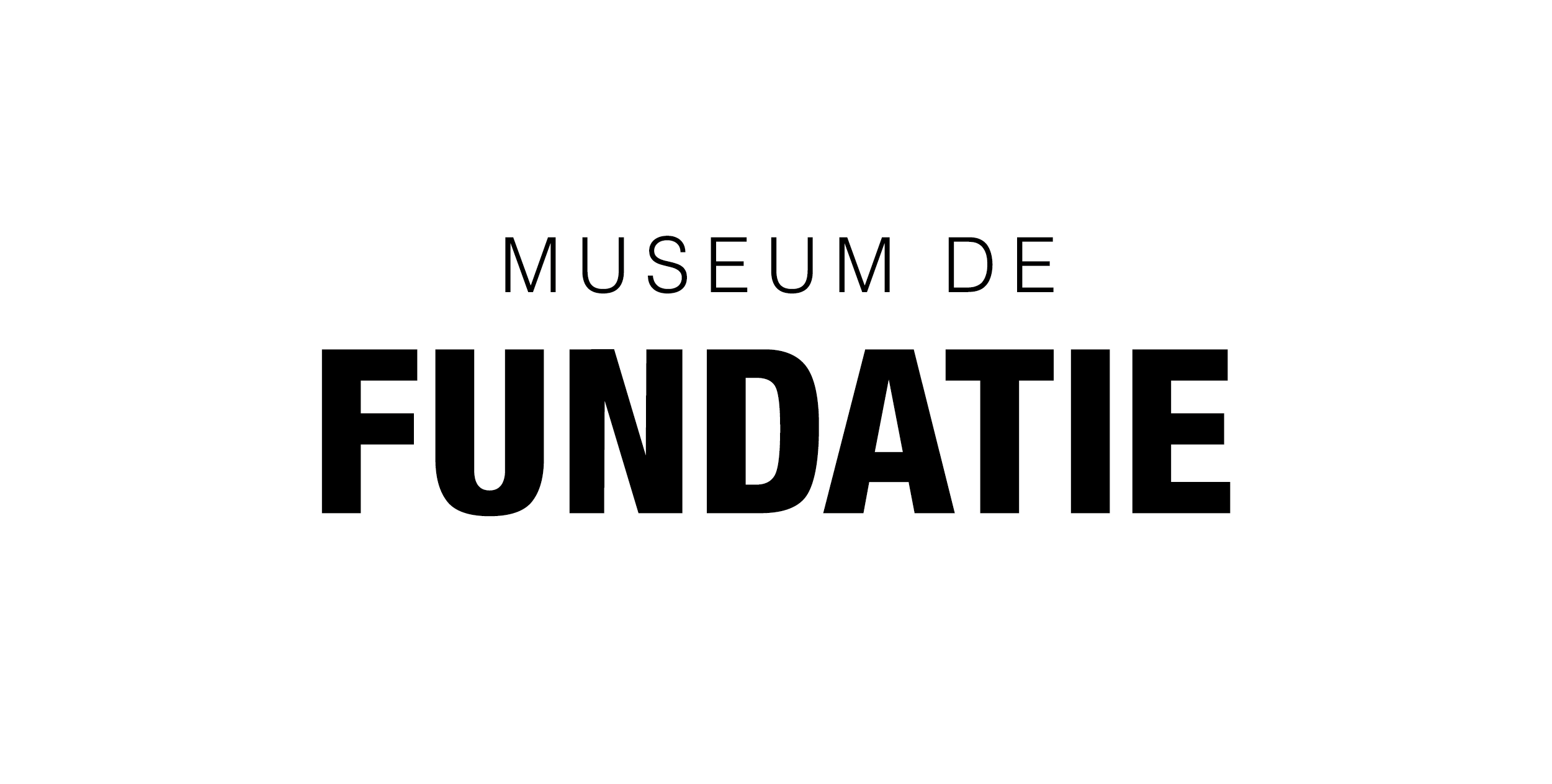
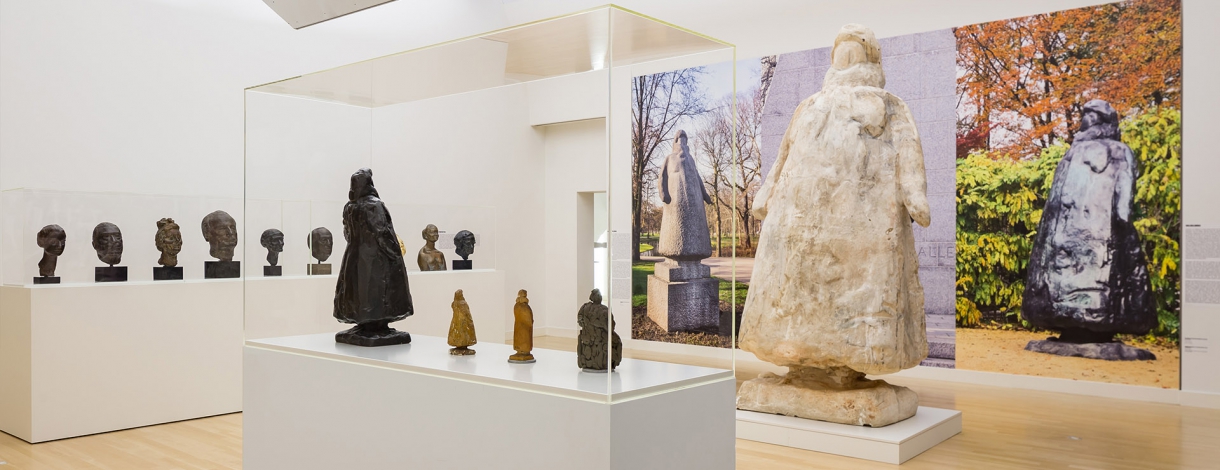
- From: 25 may 2019
- Through: 01 september 2019
- Location: Museum de Fundatie
Charlotte van Pallandt - Art as one’s purpose in life
With huge dedication and formidable talent, Charlotte van Pallandt (1898-1997) created a varied and powerful body of work that made her a prominent exponent of 20th-century Dutch sculpture. From 25 May to 1 September 2019 Museum de Fundatie will host a major retrospective of her work. Besides her most important sculptures, the exhibition in Zwolle will include paintings, drawings and plaster studies.
Charlotte Dorothée, Baroness van Pallandt, was one of the first female sculptors in the Netherlands who devoted her time entirely to sculpture. Trained in pre-war Paris, she was determined to go her own way. After taking lessons with French cubist theoretician André Lhote in the early days of her career as a painter, she started making sculptures around 1926. At Académie Ranson the modern classicist Charles Malfray taught her to focus in her sculptures on the constructive arrangement of the visible world. She never went as far as full abstraction in her work, since nature always remained her source of inspiration. Malfray was a great example to her, alongside sculptors Charles Despiau and Aristide Maillol.
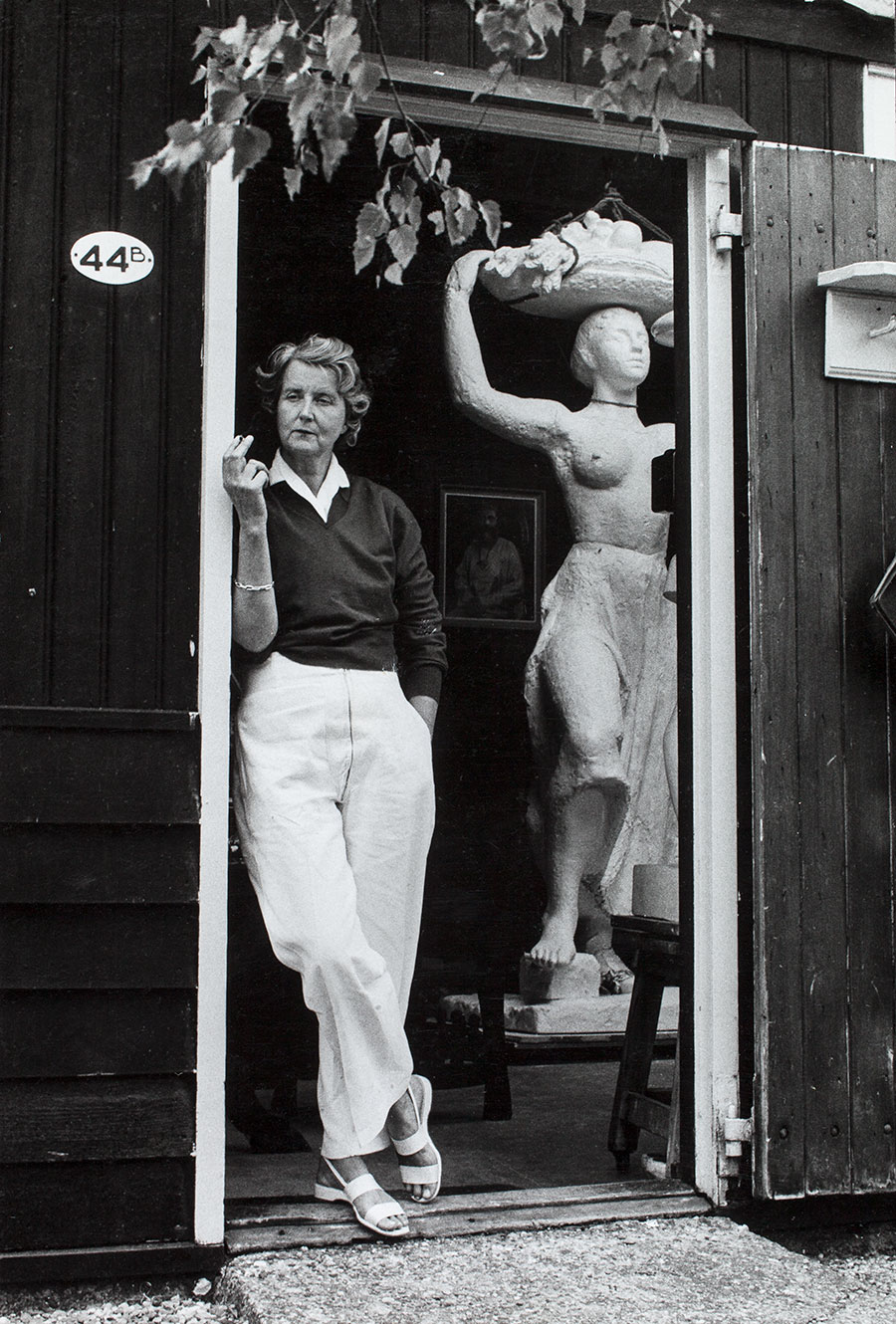 Charlotte van Pallandt in the doorway of her studio, 1956-57, Photograph RKD – Netherlands Institute for Art History, The Hague, donation from Amsterdam Historical Museum, Photograph by: Louise van der Veen.
Charlotte van Pallandt in the doorway of her studio, 1956-57, Photograph RKD – Netherlands Institute for Art History, The Hague, donation from Amsterdam Historical Museum, Photograph by: Louise van der Veen.
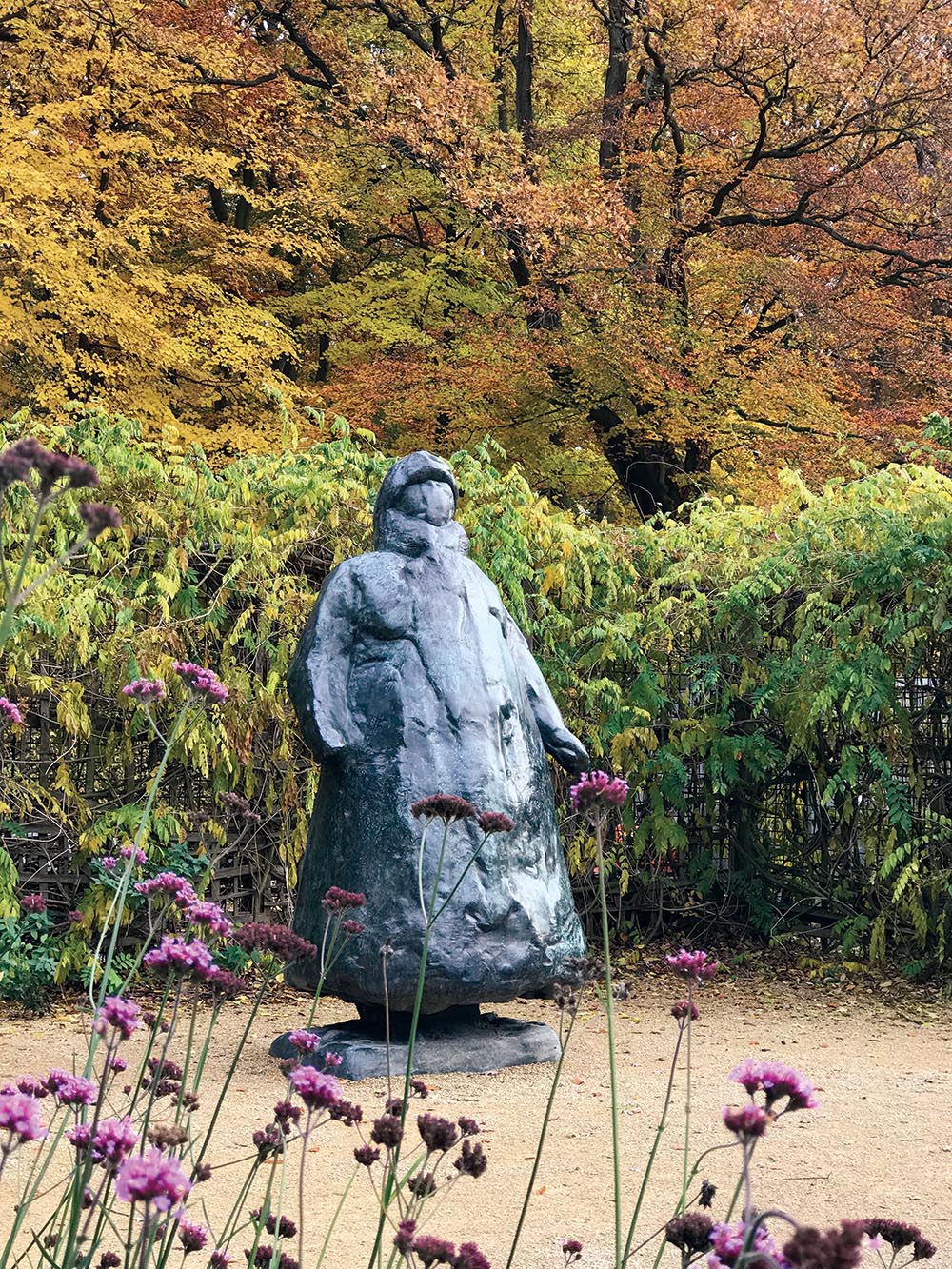
Charlotte van Pallandt, Wilhelmina, 1968, bronze 300 cm (h), Museum de Fundatie, Zwolle and Heino/Wijhe.
Wilhelmina monument
In 1939, at the age of 41, Charlotte van Pallandt returned from Paris and settled in the Netherlands for good, eventually opting to live in Amsterdam. She had the feeling that she had to catch up, having made a late start as an artist, so she worked extremely hard and with great discipline. Women in art – particularly in sculpture – who saw it as their purpose in life attracted notice in the art world, which until the mid-20th century was dominated by men. This makes Van Pallandt’s role so exceptional and distinctive. She was part of the flourishing of sculpture after 1945. In the 1960s her reputation was enhanced by her Wilhelmina monuments in Rotterdam and The Hague. She gave the three-metre tall plaster model of the original stone version of Queen Wilhelmina for Rotterdam to Dirk Hannema, founder of Museum de Fundatie. Thanks to his friendship with Van Pallandt, Dirk Hannema received her permission to have an identical Wilhelmina statue cast in bronze. This second casting is on permanent display in the gardens at Nijenhuis castle in Heino.
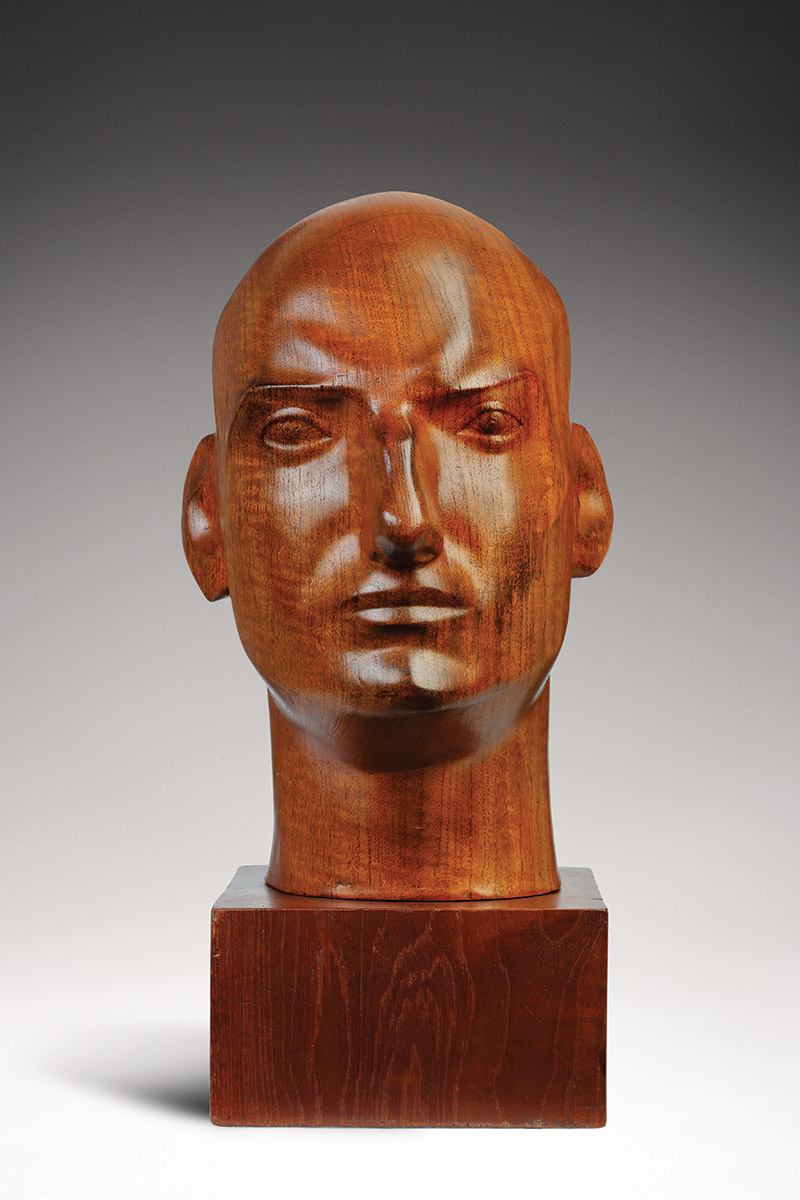
Charlotte van Pallandt, Portrait of Floris, Baron van Pallandt, 1936, teak 34 cm (h), private collection photograph by Luk van der Plaetse.
Truus Trompert
The expressive figures for which Truus Trompert sat are of an entirely different genre. Charlotte van Pallandt met the life model from Amsterdam during the Second World War, through Fred Carasso, a fellow sculptor and friend. Truus so inspired Van Pallandt that she made a whole series of spontaneous ‘Truus figures’ over a period of 20 years. There are also a large number of drawings of Truus, which Van Pallandt regarded as ‘merely’ studies for her sculptures, though they also possess great artistic quality in themselves.
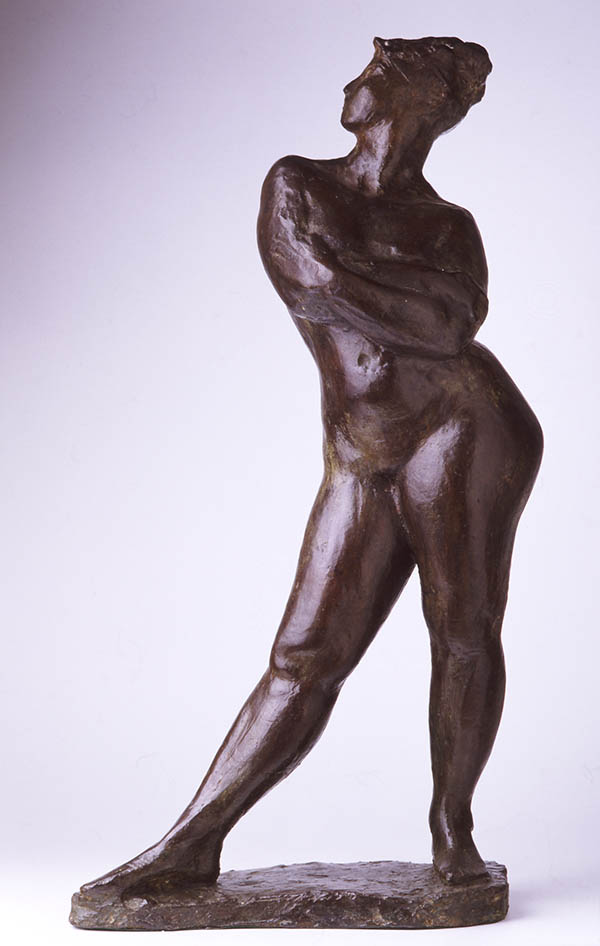
Charlotte van Pallandt, Standing Female Figure with Foot Forward (Truus), 1952-54, bronze 65 cm (h), Museum de Fundatie, Zwolle and Heino/Wijhe.
Portraits
Charlotte van Pallandt’s portraits are the aspect of her work that attracts the most praise. Her refined ‘heads’ are evidence of insight into the character and personality of the sitter. The sculptor always managed to rein in her own emotions. The commissioned portraits were not always to the taste of the subject, who expected a realistic portrait, while Charlotte van Pallandt was concerned about ‘the essence’. She also produced portraits of relatives and friends, however, and they were generally more receptive to her way of working. Many of her subjects were fellow artists, most of them already at a fairly advanced age, their faces marked by time when she started on their portrait. One common thread in all these sculptures is the serene, self-contained character of each piece. She worked on some of the heads for years, which generally resulted in a series of versions of the same subject, each with a different interpretation. One example is the series of portraits of one of her teachers and mentors from before the Second World War, sculptor Albert Termote.
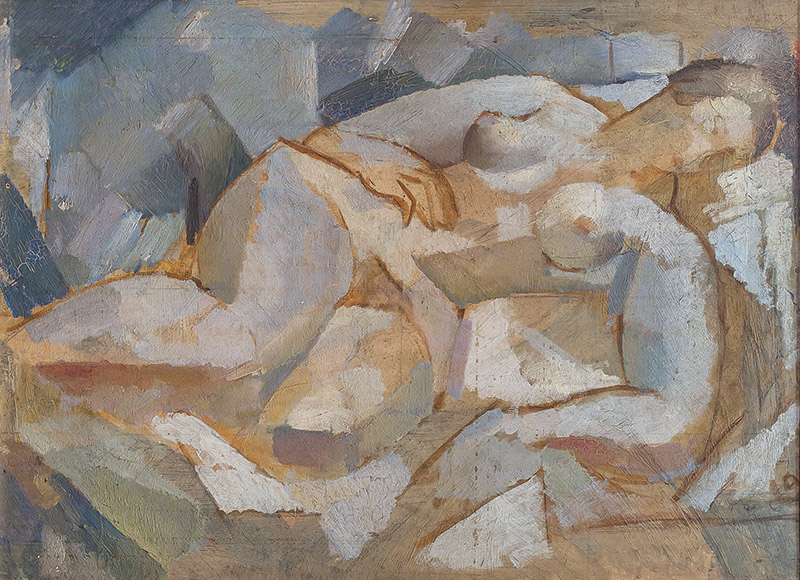
Charlotte van Pallandt, Reclining Nude, c. 1926, oil on canvas 45 x 65 cm, private collection, photograph by Peter Tijhuis.
Van Pallandt at De Fundatie
Museum de Fundatie is the ideal place for a retrospective of the work of Charlotte van Pallandt. The museum’s collection includes no fewer than 362 Van Pallandt objects. This large collection is based in part on a gift of 65 plaster pieces from the Van Pallandt estate in 1998, and the purchase that same year of almost all of her sketchbooks, with the help of the Mondrian Fund.
The exhibition has been curated by guest curator Maarten Jager. Charlotte van Pallandt – Art As One’s Purpose is accompanied by a catalogue of the same name (in Dutch), published by Waanders & de Kunst.
- From: 25 May 2019
- Through: 01 Sep 2019
- Location: Museum de Fundatie
Also check these exhibitions
-
Sculpture garden
.png)
near Kasteel het Nijenhuis
Kasteel Het Nijenhuis -
Fundatie Collection
.png)
Old and new loves
Museum de Fundatie -
Art in the Vide
.png)
Ruthi Helbitz Cohen
Museum de Fundatie -
Fundatie Collection: REMIX
.jpg)
Ft. Kent Chan, Sibyl Heijnen, Richard Hutten, Aram Lee, Michael Tedja
Museum de Fundatie
.jpg)
.jpg)
.jpg)